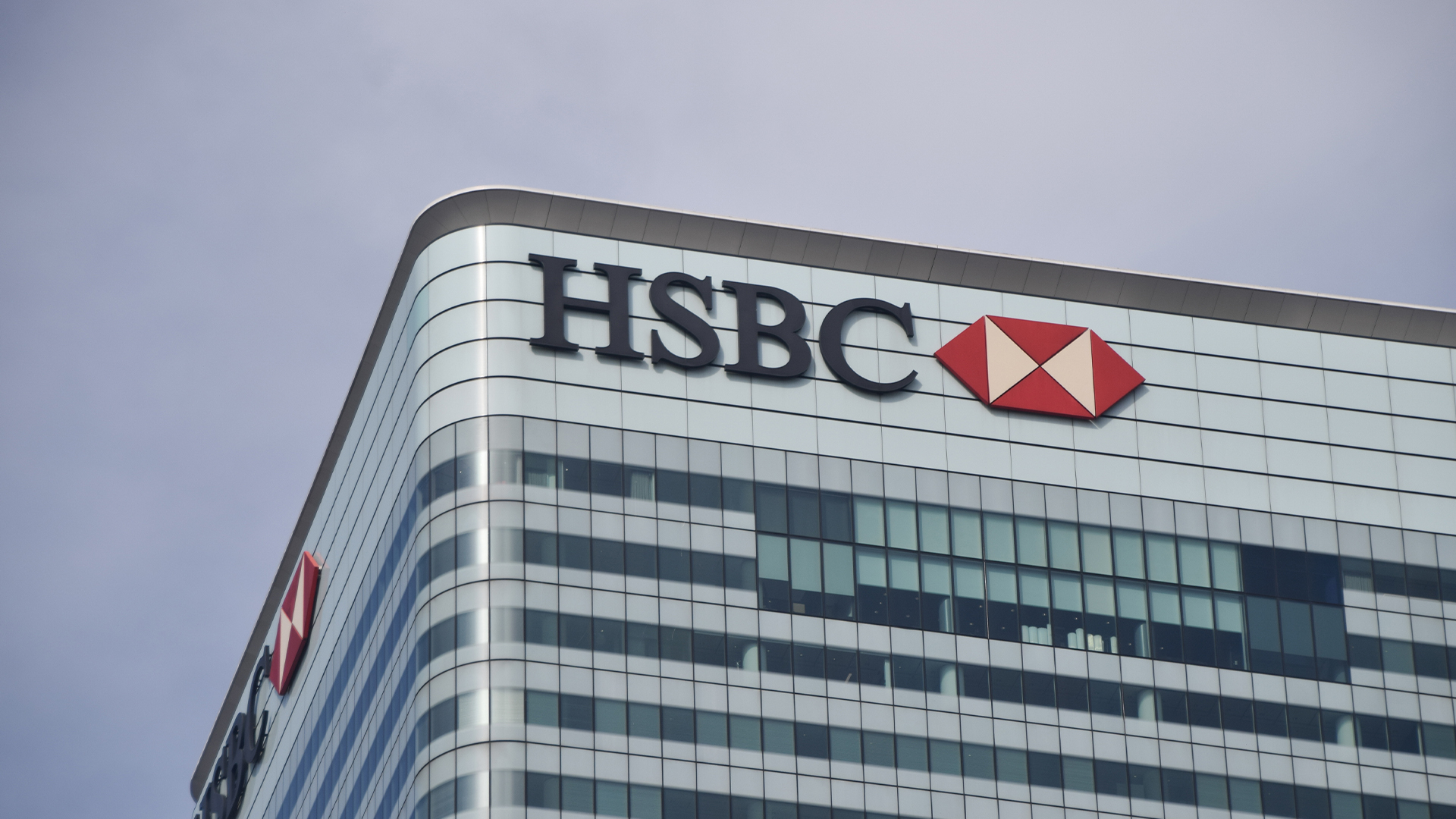Sponsored by NatWest
What open banking means for the future of online transactions
Open banking offers a faster, more automated future for transactions – but it has a rigid legal road to traverse

Modern businesses rely on online payment transactions to keep the lights on and when it comes to sending money, speed and security are key. In recent years, the uptake of open banking has helped expand on this goal, while also unlocking better data insights for organizations.
Open banking allows payment providers to use customer data associated with financial transactions to personalize services and products. Customers that let third parties draw on data accessible via open banking can enjoy a more tailored digital experience, with detailed insights into their own finances.
There are already a number of choices for open banking services, as the industry shifts toward ever more detailed financial agreements. For example, NatWest’s Payit™ already leans on open banking to enable fast transactions that generate useful data for third parties.
When a customer chooses to pay for a product or service through NatWest Payit™, their device sends a signal via API directly to their bank and works through the transfer of funds. This happens in tandem with data securely passing to third-party businesses, which can then be accessed from a central repository for data analysis or data-driven decision-making.
At the heart of this relatively simple process lies serious potential for the future of online transactions.
Better financial insights, easier data controls
Open banking keeps third parties from needing to store their customers’ card details or banking information, while still unlocking deeper analysis and targeted products based on user data. It simplifies otherwise complex processes, such as payments and refunds, which can be completed without needing to have the relevant customers’ names and addresses on file.
Businesses seeking to keep their operations up to date can benefit hugely from open banking. This is because it’s an avenue to learn more about your customers and steer investment towards features they find the most useful or want to be added.
Internally, open banking will also provide vital information on your own business finances. Enabling rapid updates across multiple accounts and even banks, businesses can use open banking to centralize their financial oversight. This will be especially useful as predictive AI is used to a greater degree to forecast financial results based on the broadest and most up-to-date data possible.
Because open banking is grounded in secure, end-to-end application programming interfaces (APIs), it allows purchasing data to be shared between third-party providers without compromising on security at any stage. Data shared between parties is encrypted and users at either end of transfers must authenticate their identity through their usual banking portal using processes like multi-factor authentication (MFA).
Any firm seeking to maintain regular customer payments could benefit from investing in open banking, which processes payments faster due to its direct connection to customers’ bank accounts. This improves the customer experience while also enabling business processes to run more smoothly.
The difference it brings can be felt especially by businesses and banks running on legacy infrastructure, which may have been adequate for processing payments 20 years ago but will now struggle to keep up with the sheer volume of online transactions.
Payments made through Payit™ arrive in a business’ account in “near real-time” according to NatWest. Aside from keeping money flowing in regularly, this also allows companies to keep a more comprehensive track of their customers and see live spending habits as and when they shift.
IT teams can also connect open banking APIs with tools for automation. For example, a firm could automate payment processing of transactions made through open banking, even if they were made across multiple platforms and bank accounts on the customer end.
Open banking is rising in dominance
The UK’s first open banking regulations came into effect in 2018, with analysts having noted the success of the process would ride largely on public enthusiasm for sharing their data.
Open banking is now regulated in the UK by the Financial Conduct Authority (FCA), and shows no signs of slowing in popularity. Within the EU open banking falls under the Second Payment Services Directive (PSD2), dating from 2019, which aims to streamline paths to open banking and protect consumers when it comes to choosing what data they share with banks and third parties.
In the near future, the EU is also progressing PSD3 and the Payment Services Regulation (PSR). Expected to kick in some time in 2026, these will set out new requirements for banks and third parties to create a centralized oversight “dashboard” for their customers so they can make an informed decision on what data to share and with whom.
The recent Open Banking Impact Report, run by Open Banking Ltd, found that open banking payments across the UK had grown 69% year-on-year to January 2024, with 14% of digital customers now using open banking.
As it’s based on open APIs, apps and services based on open banking have a great deal of interoperability across companies and ecosystems.
For example, many of the UK’s major banks are already connected to NatWest Payit™, including Barclays, Lloyds Bank, HSBC, and Santander UK. As open banking expands, NatWest is targeting further banks such as Danske Bank and Metro Bank for Payit™ compatibility.
This could help organizations from becoming locked-in to a specific open banking service. In the long run would help keep firms flexible to change and ready to adopt innovative new tools or ways of working.
In 2022, Forrester projected that adoption of open banking would double by 2027, explaining that companies are already treading the path for open banking enterprise use cases. This includes innovative examples such as building more sustainable business models by tracking carbon emissions.
As business leaders seek to embrace new technologies, there’s every sign that open banking can enable other groundbreaking technologies. Data gleaned from customer interactions through open banking could also be used to build the business case for chatbots for customer service, grounded in a customer’s most common transactions.
Gartner has also suggested that open banking could enable social messaging apps containing payments, such as WeChat in China, to rise in popularity and further integrate payment options into existing software. All of this could work to improve the online sales opportunities for businesses in the coming years.
The full scope of technologies, services, and customer use cases that open banking can support have yet to be realized. But it’s clear that the sector is trending toward using it as the default for safe, fast, secure financial transactions.
For more information about what open banking means for the future of online transactions visit Payit™ by NatWest .
Eligibility criteria and fees apply. You must hold a business current account with the NatWest Group and you will need to sign up to full Payit™ terms and conditions. You will need to allocate technical resources to work with NatWest to integrate the solution. Fees are based on the volume and average value of e-commerce transactions. Speak to a NatWest Relationship Manager for further information.
Sign up today and you will receive a free copy of our Future Focus 2025 report - the leading guidance on AI, cybersecurity and other IT challenges as per 700+ senior executives
ITPro is a global business technology website providing the latest news, analysis, and business insight for IT decision-makers. Whether it's cyber security, cloud computing, IT infrastructure, or business strategy, we aim to equip leaders with the data they need to make informed IT investments.
For regular updates delivered to your inbox and social feeds, be sure to sign up to our daily newsletter and follow on us LinkedIn and Twitter.
-
 Cloudflare is cracking down on AI web scrapers
Cloudflare is cracking down on AI web scrapersNews Cloudflare CEO Matthew Prince said AI companies have been "scraping content without limits" - now the company is cracking down.
-
 Swiss government data published following supply chain attack – here’s what we know about the culprits
Swiss government data published following supply chain attack – here’s what we know about the culpritsNews Radix, a non-profit organization in the health promotion sector, supplies a number of federal offices, whose data has apparently been accessed.
-
 HSBC says get back to the office or risk bonuses – and history shows it’s a tactic that might backfire
HSBC says get back to the office or risk bonuses – and history shows it’s a tactic that might backfireNews HSBC is the latest in a string of financial services firms hoping to tempt workers back to the office.
-
 What are AISPs and how can they enable better online electronic transactions?
What are AISPs and how can they enable better online electronic transactions?AIS technology offers instant access to bank-verified data, simplifying transactions and enhancing data security
-
 How open banking is driving efficiency for finance teams
How open banking is driving efficiency for finance teamsOpen banking APIs make near-instant payments and real-time insights possible without sacrificing security
-
 Ease your data compliance headache with a modern payment system
Ease your data compliance headache with a modern payment systemRemoving the need to store bank account information for regular payments or refunds, firms can lean into open banking solutions like Payit™ by NatWest to greatly ease their compliance burden
-
 What is open banking?
What is open banking?Open banking empowers consumers to move money more flexibly, while giving fintech organizations the data needed to innovate in a crowded marketplace
-
 Why payment technology is crucial to digital transformation
Why payment technology is crucial to digital transformationOpen Banking solutions like Payit™ by NatWest can play a crucial role in modernizing businesses’ financial operations and customer experience
-
 Why payment technology should be a key concern for all online businesses
Why payment technology should be a key concern for all online businessesWith cybersecurity threats rising, choosing the right technology could make the difference when avoiding disaster
-
 How APIs are transforming payment systems across the enterprise
How APIs are transforming payment systems across the enterpriseAPIs are becoming essential to the future of financial services, with efficiency gains and other benefits available to any company that makes the leap

